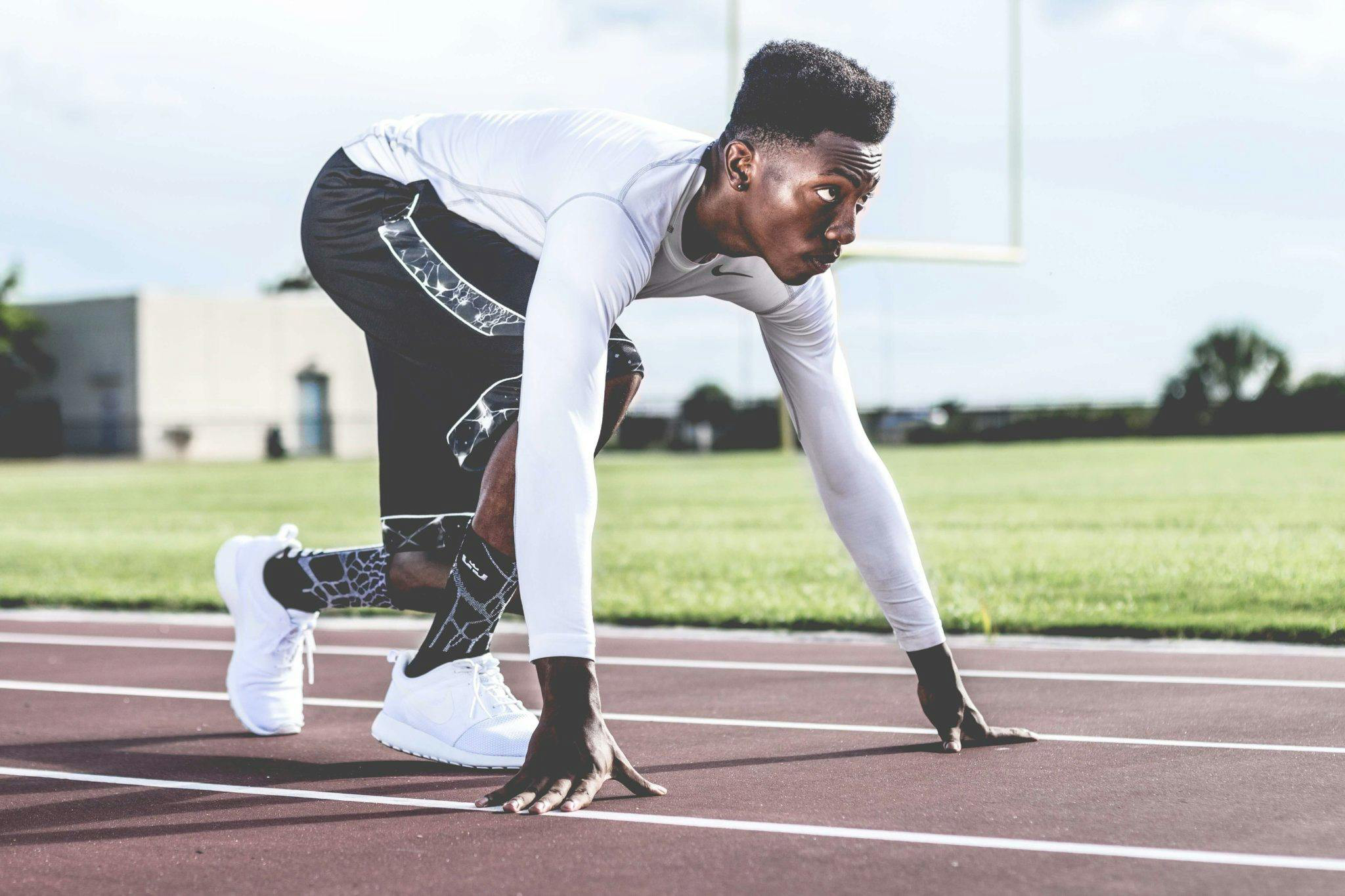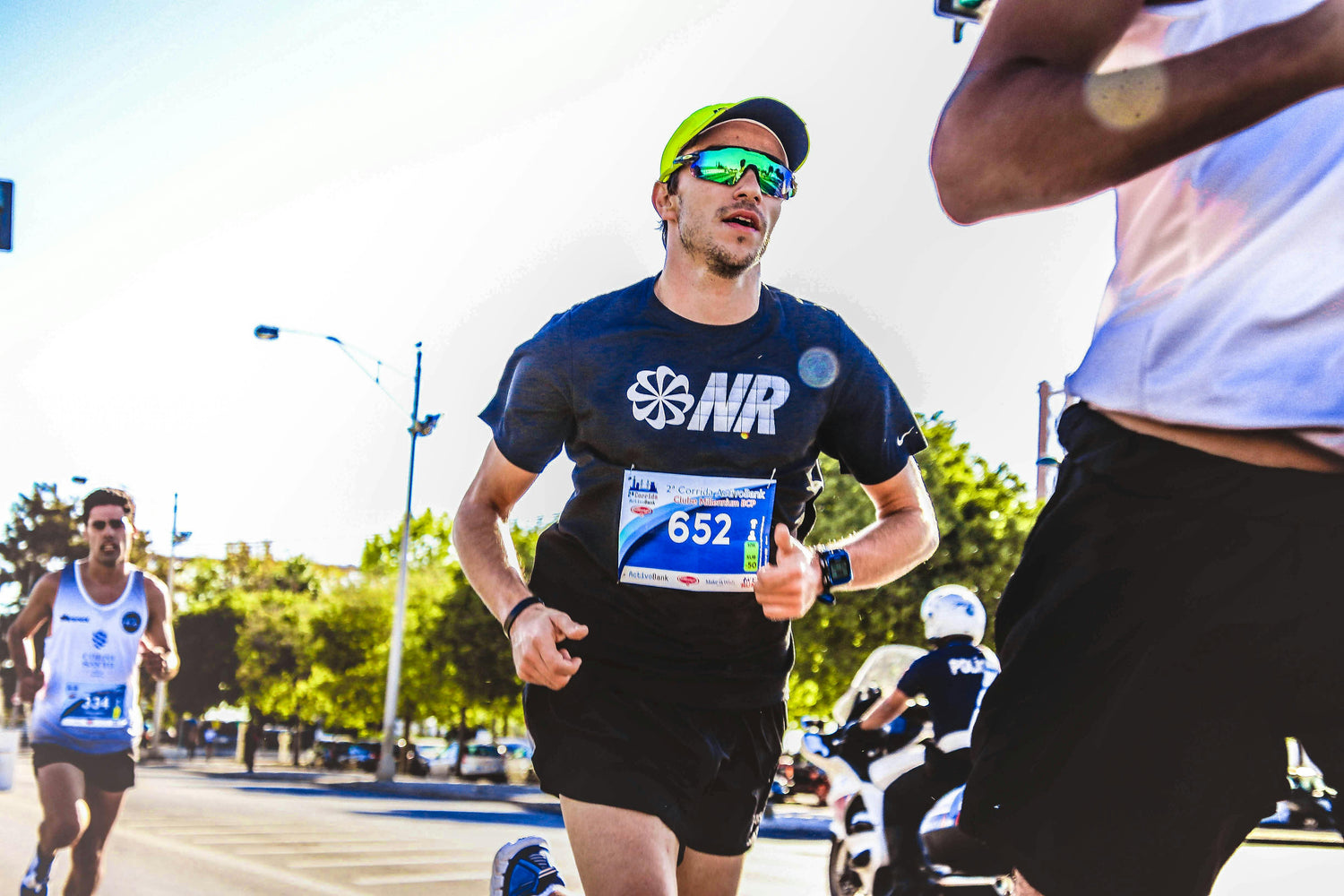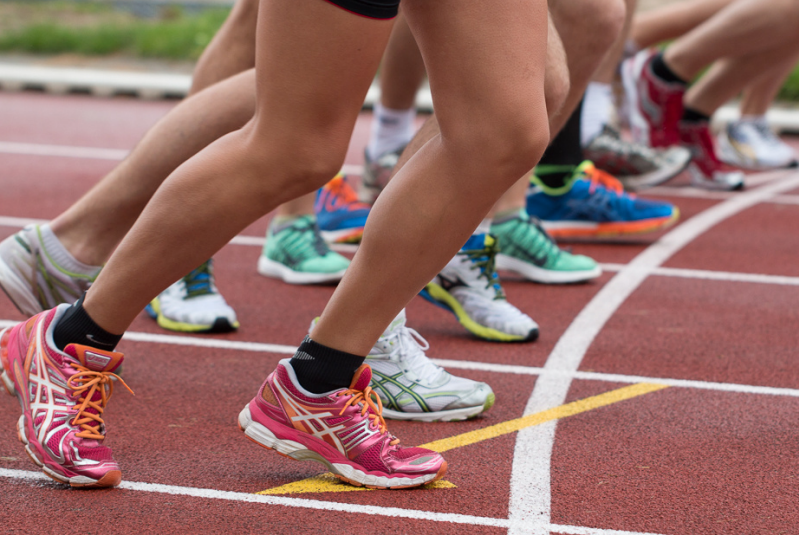As a runner, you’re no stranger to the exhilarating rush of pounding the pavement or the serene rhythm of trails beneath your feet. But while logging miles is essential for building endurance and aerobic fitness, there’s another crucial aspect of training that often gets overlooked: strength training. In this guide, we’ll explore why strength training for runners is essential for improving power, stability, and overall running performance.
Why Should Runners Incorporate Strength Training Exercises?
Running is essentially a single-leg sport. With each stride, your foot encounters a ground reaction force of 2.0x your body weight. Imagine your entire weight multiplied by two, supported by just one leg. Both your legs must be strong and stable to handle such a load efficiently and effectively. Strength training helps develop the ability of muscles and connective tissues to handle higher loads, thus preventing injuries. Without proper strength training, runners are prone to poor running mechanics, decreased efficiency, and increased risk of injury.
But it’s not just about the lower body. While running primarily engages the legs, a strong upper body plays a crucial role in maintaining proper running form and posture, especially during long-distance runs. The arms help to counterbalance the motion of the legs, contributing to smoother and more efficient movement.

A Simple Strength Training Program for Runners
Incorporating strength training exercises into your routine doesn’t have to be complicated or time-consuming. The program provides a full body workout targeting multiple muscle groups. Here are five key exercises to try. Each one targets a major muscle group and can improve overall strength and stability:
1. Lunges
Start standing with your feet shoulder-width apart.
Take a big step forward with your right foot and lower your body until both knees are bent at a 90-degree angle.
Push through your right heel to return to the starting position, then repeat on the opposite leg.
Perform 3 sets of 10-12 repetitions per leg.
Lunges are a dynamic exercise that mimics the single-leg movements involved in running, making them essential for developing unilateral strength and stability. By targeting the quadriceps, hamstrings, and glutes, lunges help correct muscle imbalances, improve form, and increase power and speed during sprints and hill climbs, ultimately enhancing overall running performance and efficiency. When performing walking lunges, ensure your left leg steps forward and lowers into the lunge position to maintain balance and proper form.
2. Side Plank
Begin by lying on your side with your legs extended and your feet stacked on top of each other.
Prop yourself up on your forearm, keeping your elbow directly beneath your shoulder.
Lift your hips off the ground, creating a straight line from your head to your heels.
Engage your core and hold this position for 30-60 seconds, then switch sides and repeat.
Side planks are an effective exercise for targeting the obliques, hip abductors, and stabilizing core muscles. By improving lateral stability and strength, side planks help prevent injuries related to hip and pelvic imbalances, enhance running efficiency, and promote better posture and spinal alignment during long-distance runs or endurance activities.
3. Hip Flexor Raise with Omnistrap
Wrap your Omnistrap around your ankle, put a dumbbell below your foot, and strap it securely.
Engage your core and maintain a straight posture throughout the exercise.
Slowly lift the weighted foot towards your chest, using your hip flexors to raise your knee as high as possible.
Pause briefly at the top of the movement, then lower your foot back to the starting position with control.
Hip flexor raises with added resistance target the muscles of the hip flexors, including the iliopsoas and rectus femoris, which play a crucial role in running mechanics and leg drive. By strengthening the hip flexors in a standing position, this exercise helps improve stride length, reduce the risk of hip and lower back injuries, and enhance overall running performance, particularly during uphill climbs and speed workouts.
4. Calf Raise
Begin by standing with your feet hip-width apart, holding onto a stable surface for support if needed.
Slowly raise your heels off the ground, lifting your body onto the balls of your feet.
Hold the top position for a moment, then lower your heels back down below the level of your toes.
Perform 3 sets of 15-20 repetitions, focusing on controlled movement and full range of motion.
Calf raises primarily target the calf muscles, including the gastrocnemius and soleus, which are essential for ankle stability and propulsion during running. By strengthening the calves, this exercise helps improve push-off power, reduce the risk of Achilles tendon injuries, and enhance overall running speed and efficiency, especially during sprinting and explosive movements such as jump-starts and hill sprints.
5. Nordic Curl
-
Kneel on a soft surface with your feet secured under a sturdy object or using a Nordic hamstring curl strap.
-
Engage your core and maintain a straight line from your knees to your shoulders as you slowly lower your upper body toward the ground.
-
Push yourself back up to the starting position using your hands.
-
Perform 3 sets of 6-8 repetitions.
The Importance of Strong Hamstrings
The Nordic Curl is a powerhouse strength training exercise for strengthening the hamstrings. Strong hamstrings are essential for runners, offering up to 40% more muscle activation and cutting the risk of injury by up to 50%. By incorporating the Nordic Curl into your strength training sessions, you’ll build resilience in your lower body and enhance your running performance.
Meet the Nordstick Pro 3.0

Consider adding the Nordstick Pro 3.0 to your training arsenal to supercharge your hamstring strengthening and injury prevention efforts. This innovative tool is designed to strengthen and injury-proof your knees in as little as 10 weeks. With its easy setup – simply slide it under your door, pull the strap, plant your feet, and lower into a Nordic curl – it's trusted by over 125,000 active individuals worldwide.
Stay Injury-Free This FREE Strength Training Routine for Runners
If you want a complete, well-balanced program that can help prevent injury, we’ve got a FREE program you can try. With just 30 minutes of exercise twice a week, the exercises in this program can help improve your strength, speed, and running performance.
One of the exercises included is the single-leg deadlift, where you need to ensure your left knee is slightly bent as you hinge at the hips.









































Leave a comment
This site is protected by hCaptcha and the hCaptcha Privacy Policy and Terms of Service apply.